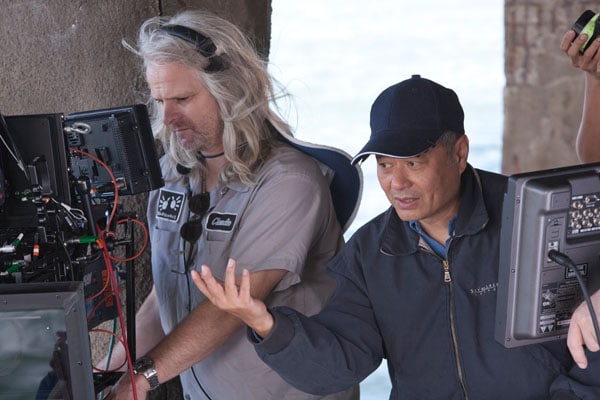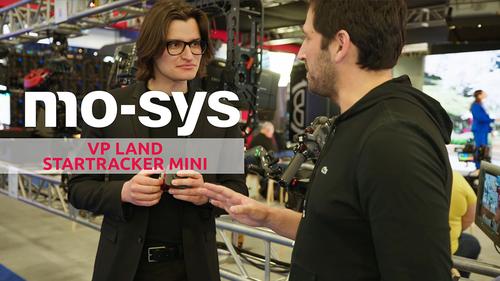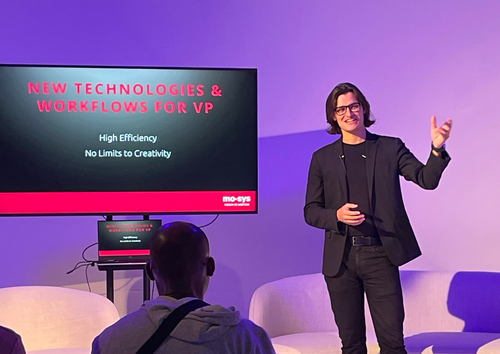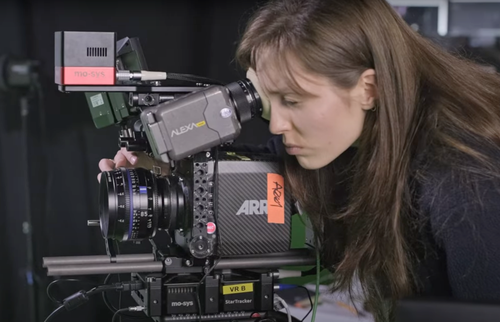Life of Pi
There was nothing easy about making the $150m Life of Pi. Based on the book by Yann Martel, which for a long time was said to be impossible to film, the prospect was challenging – a story set almost entirely at sea with a boy and a tiger in a boat, and one which director Ang Lee went into with brave heart.

Lee wanted Claudio Miranda as a DoP because he was impressed by Miranda’s work on Tron: Legacy and The Curious Case of Benjamin Button, both films highly visually engaging and both made using the Mo-Sys Lambda head. From the outset Lee wanted to shoot in 3D, to enable him to create a visually stunning film, but to do this meant mounting two ARRI Alexa cameras on a stereoscopic rig. “The 3D cameras were cumbersome,” Lee said, “it was a trial and error process due to the camera’s weight”. But Miranda and his crew met this problem by mounting the rig on a Mo-Sys Lambda head, he already was familiar with. It was the strength and ability of the Lambda to support this heavy rig, that made it perfect for Life of Pi. And for the operators, it felt as light, smooth and responsive as the Lambda is re-known for, despite the heavy payload.

A large part of the film takes place at the sea, and the idea of shooting on the actual ocean was quickly ruled out as being impractical and too expensive. A massive wave tank was carved into the runway of a disused airport in Taiwan, surrounded by blue screen. There were 690 VFX shots, mostly in the tank – water, clouds and of course, Richard Parker, the tiger. The Lambda head contributed to these by outputting accurate motion data, to be used in the VFX pipeline, eliminating the need for a large amount of post tracking.
Check out a recent interview with Claudio Miranda from from Cooke Optics TV, where he details how he filmed Life of Pi.
Life of Pi went on to win four Oscars including Best Cinematography and Best Visual Effects and made over $600m worldwide.




